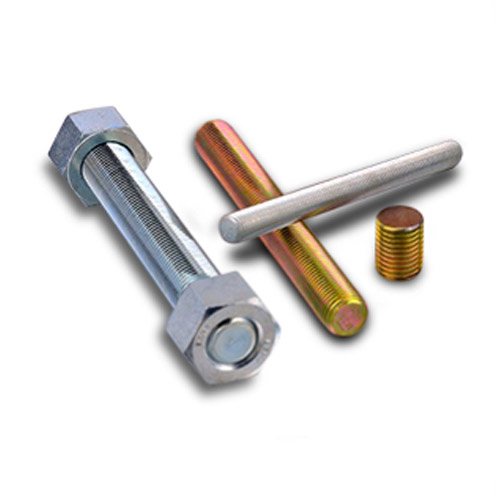Dec . 11, 2024 12:08 Back to list
types of clamps in fixtures
Types of Clamps in Fixtures
In the realm of manufacturing and machining, the use of clamps is essential for holding workpieces securely in place. Clamps provide the necessary stability and precision required during operations such as milling, drilling, and welding. This article explores the various types of clamps used in fixtures, detailing their features, applications, and benefits.
1. C-Clamps
C-clamps are perhaps the most widely recognized type of clamp. They consist of a C-shaped frame with a screw mechanism that tightens against the workpiece. C-clamps are versatile and can hold various materials, including wood and metal. They are easy to use and can be adjusted to accommodate different thicknesses. However, their holding capacity is limited compared to more specialized clamps.
2. Toggle Clamps
Toggle clamps utilize a toggle mechanism to lock the clamp in place. This design allows for quick and easy operation, making them ideal for repetitive tasks in a production environment. Toggle clamps are available in different configurations, including horizontal and vertical models. They provide a secure hold without requiring extensive manual effort, making them suitable for assembly fixtures.
3. Pneumatic Clamps
Pneumatic clamps use compressed air to operate, allowing for quick and powerful clamping without the physical effort associated with manual clamps. These clamps are particularly useful in automated production lines where speed and efficiency are crucial. Pneumatic clamps can be designed for specific applications, allowing for custom solutions depending on the workpiece's shape and size.
Magnetic clamps use powerful magnets to hold ferrous materials in place. They are particularly advantageous for applications requiring quick setup and teardown, such as in prototype machining or assembly lines. Magnetic clamps ensure a uniform hold over the entire surface area and reduce the risk of distortion that may occur with traditional clamps. However, their use is limited to magnetic materials.
types of clamps in fixtures

5. Screw and Nut Clamps
Screw and nut clamps provide a reliable means of securing workpieces through threaded fasteners. These clamps can be tightened to exert significant pressure, making them ideal for high-precision applications. They are often used in welding and die fixtures, where stability is paramount. The downside is that they require time to adjust and tighten, making them less suitable for rapid production cycles.
6. Quick-Release Clamps
Quick-release clamps are designed for rapid operation. They often feature a lever or button that allows users to easily loosen or tighten the clamp without significant effort. These clamps are excellent for applications where frequent adjustments are needed, such as woodworking and assembly tasks. Their convenience aids in increasing productivity, especially in environments that require quick setups.
7. Band Clamps
Band clamps are used to hold irregularly shaped or larger workpieces. They consist of a flexible band made from materials like nylon or steel, which can wrap around the workpiece and tighten securely. These clamps are versatile and can conform to different shapes, making them useful in woodworking and metalworking applications where traditional clamps may not suffice.
8. Bench Clamps
Bench clamps are designed specifically for use with workbenches and provide a fixed support system for workpieces. They can be bolted directly to the work surface and come in various designs, including pivot and screw types. Bench clamps are ideal for woodworking and crafting, providing a stable platform for detailed work.
Conclusion
The selection of the appropriate type of clamp depends on the specific requirements of the task at hand. Understanding the distinct features and applications of various clamps can help manufacturers and engineers optimize their processes, enhance productivity, and ensure the quality of their work. Whether for holding workpieces in place during machining or assembly, the right clamp can make all the difference in achieving precision and efficiency in the manufacturing process.


